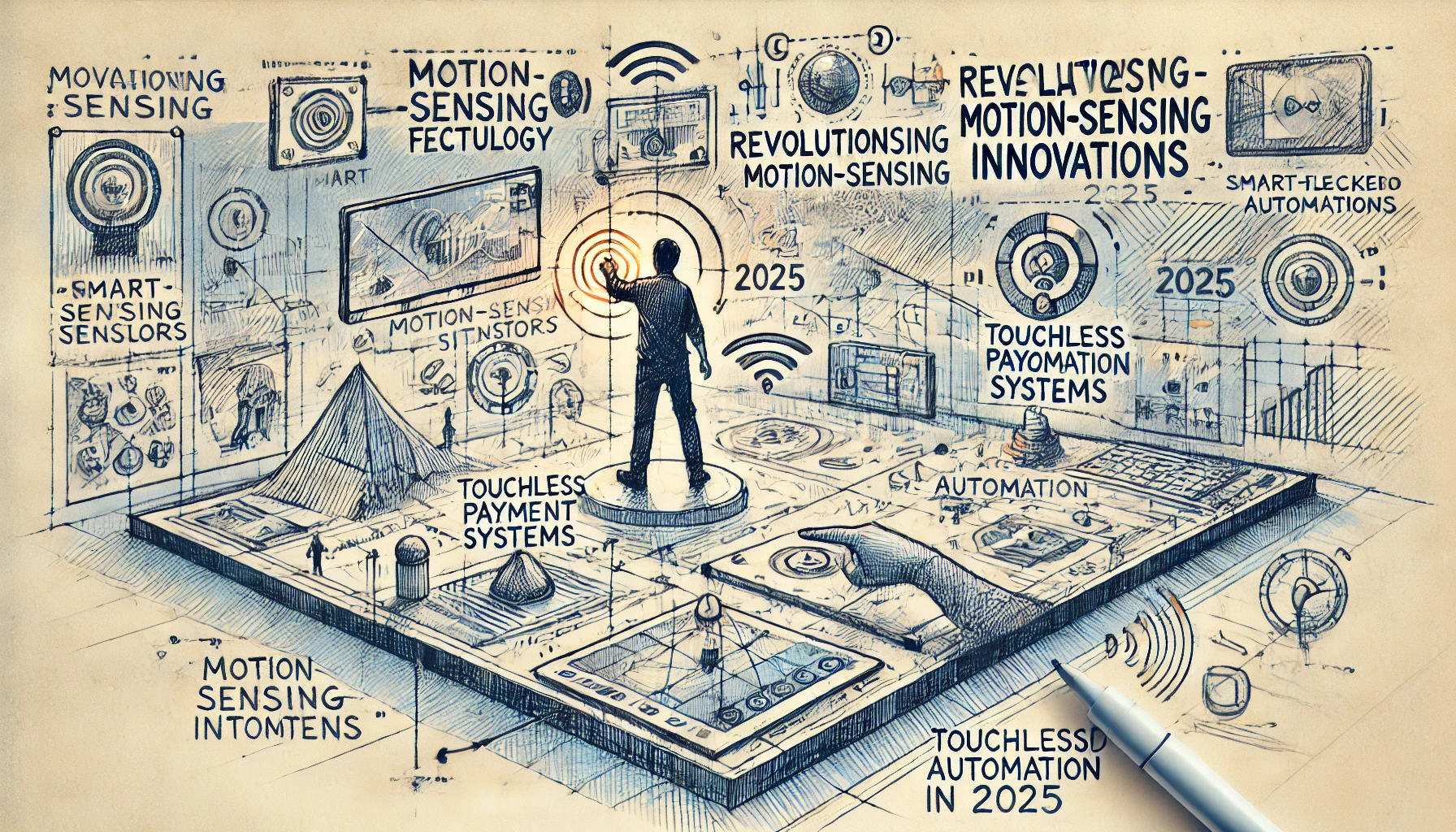
In a world increasingly shaped by technology, motion-sensing innovations are taking centre stage, transforming the way we interact with devices, environments, and even each other. From smart home automation to life-saving healthcare applications, motion-sensing technology has become a cornerstone of modern convenience and safety. Yet, despite its rapid evolution, many are left wondering: are we truly leveraging its full potential?
For businesses, innovators, and everyday consumers, the challenge lies in navigating a rapidly expanding field with countless options and emerging advancements. How do you choose the right technology to meet your needs, and what new possibilities are just around the corner?
This post dives into the latest breakthroughs in motion sensing, uncovering how they address common pain points like accuracy, power consumption, and adaptability. Whether you’re seeking insights into industry trends or looking for practical applications to integrate into your life or work, this guide offers a roadmap to understanding and embracing the future of motion-sensing technology.
Let’s explore how these innovations are reshaping industries and solving the challenges of today while paving the way for tomorrow.
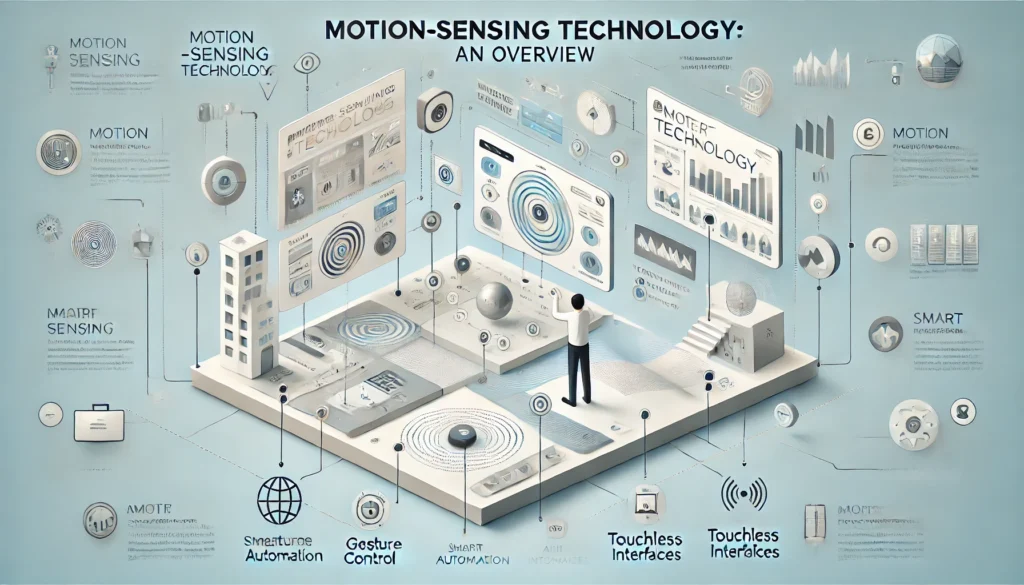
Motion-sensing technology operates by detecting and interpreting physical movements, enabling seamless interaction between humans and machines. Passive Infrared (PIR) sensors, for instance, are widely used in security systems to identify heat signatures from moving objects. Ultrasonic sensors measure sound waves to detect motion, making them ideal for environments requiring high sensitivity, such as automatic doors or industrial robotics.
The global motion sensor market has been experiencing significant growth. In 2024, the market size was valued at approximately USD 6.8 billion, with projections to reach USD 12.0 billion by 2033, exhibiting a compound annual growth rate (CAGR) of 6.22% during the forecast period. (IMARC Group)
This growth is driven by increasing applications across various sectors:
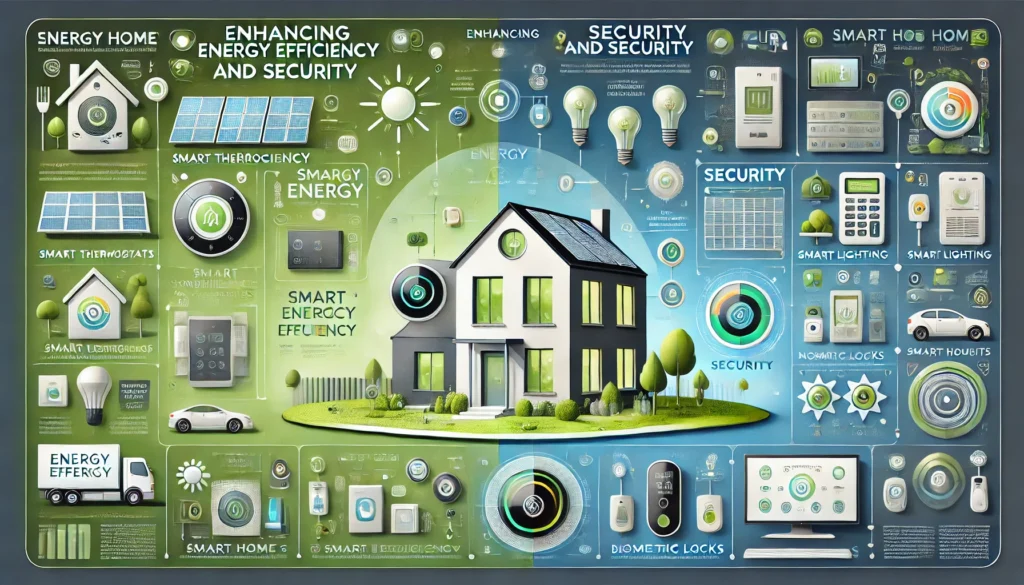
In smart homes, motion sensors play a pivotal role in enhancing energy efficiency and security. For example, smart lighting systems equipped with motion sensors can reduce energy consumption by up to 30% by ensuring lights are only on when needed. (Octiot)
Choosing the right motion sensor depends on the specific application:
Evaluating factors such as detection range, sensitivity, and power efficiency is crucial in optimizing performance for the intended use.
Understanding these foundational aspects of motion-sensing technology ensures that you not only choose the right tools but also unlock their full potential for innovative applications.
The field of motion-sensing technology is rapidly evolving, with groundbreaking innovations expanding its capabilities and applications. One of the most promising advancements is the development of event-based vision sensors, which mimic the human eye by capturing changes in the environment rather than static frames. These sensors are revolutionising industries such as robotics and autonomous vehicles by providing faster response times and superior low-light performance.
Integrating artificial intelligence (AI) with motion sensors is transforming the accuracy and functionality of these devices. For example, AI-powered motion sensors in smart security systems can distinguish between pets, humans, and inanimate objects, significantly reducing false alarms. AI is also enabling predictive maintenance in industrial settings, where sensors analyse movement patterns to anticipate equipment failures before they occur.
Small motion sensors are now a staple in wearable devices, tracking everything from fitness activity to sleep patterns. Brands like Fitbit and Apple are leveraging advanced accelerometers and gyroscopes to deliver more precise health insights. These innovations are particularly impactful in healthcare, where wearables equipped with motion sensors monitor chronic conditions such as Parkinson’s disease by detecting subtle changes in movement.
Motion-sensing technology is playing a crucial role in building smarter cities. From traffic management systems that adjust signals based on real-time pedestrian and vehicle movement to streetlights that dim or brighten depending on activity, these applications enhance energy efficiency and safety. For instance, in Barcelona, motion sensors are integrated into public transportation systems to optimise routes and schedules based on passenger flow.
A key challenge in motion-sensing technology is power consumption. Energy-harvesting sensors, which generate power from vibrations, motion, or thermal energy, are addressing this issue. These self-sustaining sensors are ideal for remote or hard-to-reach locations, such as pipelines or wind turbines, where battery replacement is impractical.
As motion-sensing technology continues to advance, its potential applications are expanding into every corner of daily life and industry. By embracing these emerging innovations, businesses and consumers alike can unlock unprecedented opportunities for efficiency, safety, and convenience.
Motion-sensing technology has become an indispensable tool across diverse industries, delivering remarkable benefits and enabling innovative applications.
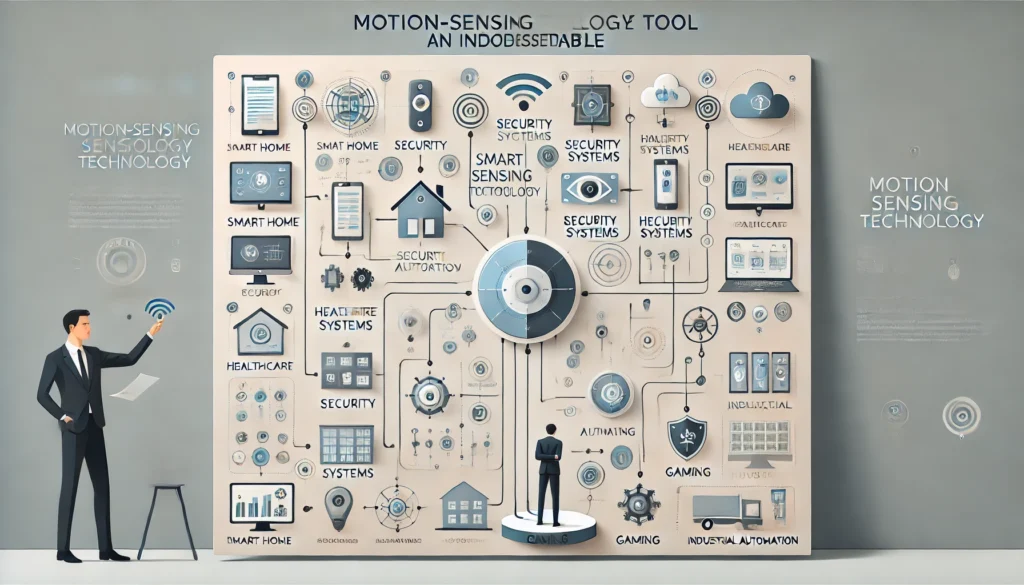
Healthcare: Motion sensors play a pivotal role in improving patient outcomes. For example, wearable devices equipped with motion sensors monitor vital signs and detect falls, alerting caregivers in real time. These sensors are also integrated into hospital beds to monitor patient movement, helping prevent bedsores and ensuring timely intervention.
Manufacturing and Automation: In industrial settings, motion sensors enhance safety and efficiency. Automated assembly lines leverage motion-sensing technology to detect anomalies, reduce equipment downtime, and ensure precision. Collaborative robots (cobots) equipped with motion sensors can safely interact with human workers, adapting to changes in the environment.
Automotive Industry: Advanced driver assistance systems (ADAS) rely heavily on motion sensors to improve safety. Applications include lane-keeping assistance, collision avoidance, and adaptive cruise control. For instance, Tesla’s Autopilot uses an array of motion sensors to interpret surroundings and make real-time decisions.
Retail and Customer Experience: Retail stores use motion sensors to create personalised shopping experiences. Smart shelves detect when a product is picked up, triggering targeted digital displays or promotional offers. Motion-activated security systems also reduce theft by monitoring activity within store premises.
Sports and Fitness: Motion-sensing technology has revolutionised sports training and fitness monitoring. Systems like Hawk-Eye in cricket and tennis rely on motion sensors to track ball trajectories with precision. Fitness devices analyse user movements to provide real-time feedback and improve workout efficiency.
Smart Cities: Motion sensors enhance urban living by optimising infrastructure. Traffic management systems equipped with motion sensors adjust signals based on real-time flow, reducing congestion. Smart streetlights equipped with sensors conserve energy by adjusting brightness according to activity levels.
The versatility of motion-sensing technology makes it a cornerstone of innovation across industries. By harnessing its capabilities, businesses and consumers can achieve greater efficiency, safety, and customisation, paving the way for a smarter future.
Motion-sensing technology, while revolutionary, presents several challenges that need to be addressed to unlock its full potential. One of the primary hurdles is accuracy in complex environments. For example, outdoor motion sensors often face interference from environmental factors such as wind, rain, and fluctuating temperatures, leading to false alarms. To mitigate this, manufacturers are investing in dual-technology sensors that combine PIR and microwave systems, improving reliability in challenging conditions.
Another critical challenge is power consumption, especially in portable and remote applications. Many motion sensors require frequent battery replacements, which is both costly and inefficient. The rise of energy-harvesting sensors, capable of generating power from vibrations or thermal energy, offers a promising solution for extending device lifespan and reducing maintenance costs.
Despite these obstacles, the opportunities in motion-sensing are vast. The integration of artificial intelligence (AI) is a game-changer, enabling sensors to process and interpret data more effectively. For instance, AI-driven motion sensors in healthcare can differentiate between normal and abnormal movement patterns, providing early warnings for conditions such as Parkinson’s disease.
In the smart city domain, motion sensors are enhancing urban infrastructure by enabling dynamic traffic management and efficient energy use. Streetlights equipped with motion detection reduce energy consumption by up to 40% by dimming when no activity is detected.
As the technology matures, miniaturisation and cost reduction will make motion sensors more accessible across industries. From improving personal safety to enabling advanced automation, the future of motion-sensing technology holds immense promise for transformative change.
The future of motion-sensing technology is set to be defined by enhanced integration, sustainability, and new frontiers in application. One key area of growth is multi-modal sensing, where motion sensors collaborate with other technologies like temperature or pressure sensors to provide richer and more accurate data. For example, in autonomous vehicles, this integration allows better environmental awareness, enhancing both safety and navigation.
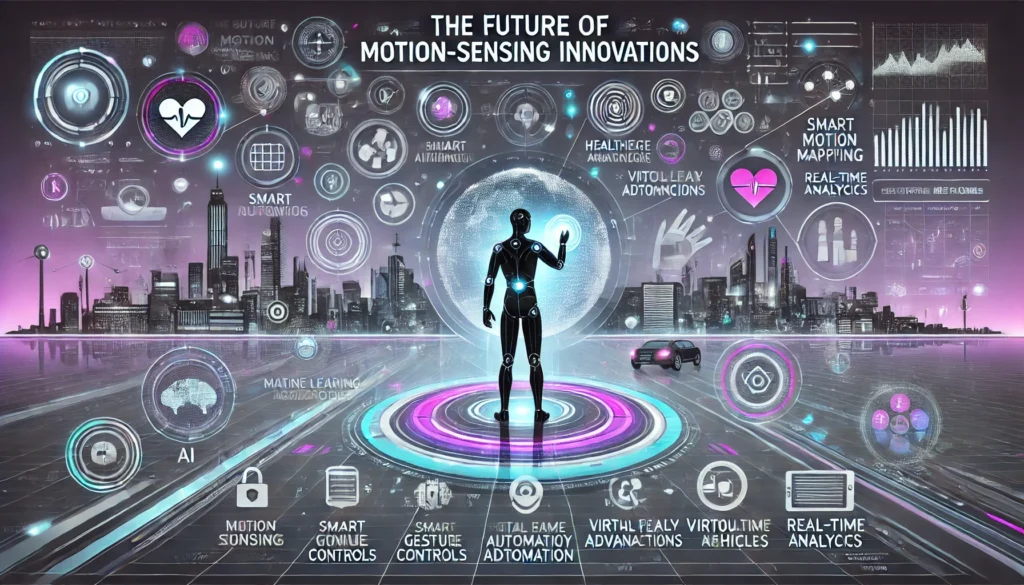
Sustainability will play a crucial role in shaping future innovations. With a growing emphasis on energy efficiency, researchers are exploring advanced energy-harvesting techniques to power motion sensors sustainably. These developments are critical for extending sensor lifespans in remote or hard-to-access locations, such as environmental monitoring stations or deep-sea installations.
Another exciting frontier lies in human-computer interaction (HCI). Gesture-controlled devices, powered by motion-sensing technology, are already making strides in gaming and virtual reality. Future systems could leverage this technology to create fully immersive environments for education, healthcare, and remote work.
Finally, personalised motion analytics is set to revolutionise industries such as healthcare and fitness. By analysing individual movement patterns, sensors can offer tailored insights for rehabilitation programs or athletic training, improving outcomes through data-driven personalisation.
The evolution of motion-sensing technology will undoubtedly continue to break barriers, fostering new opportunities for innovation across industries. By embracing these advancements, businesses and individuals can unlock unprecedented levels of efficiency, safety, and interactivity.
As the world advances into a more interconnected and intelligent future, the role of motion-sensing technology becomes ever more critical. From enhancing safety in healthcare and automotive industries to driving energy efficiency in smart cities, its applications are transformative. The time to act is now.
Whether you’re an innovator looking to integrate innovative sensors into your solutions or a business seeking to enhance operational efficiency, exploring motion-sensing technologies is a crucial step forward. Partner with experts in the field to tailor solutions that align with your unique needs and unlock untapped potential.
Stay ahead of the curve by embracing these advancements. Invest in motion-sensing solutions today to not only solve current challenges but also pave the way for a more dynamic and responsive tomorrow.